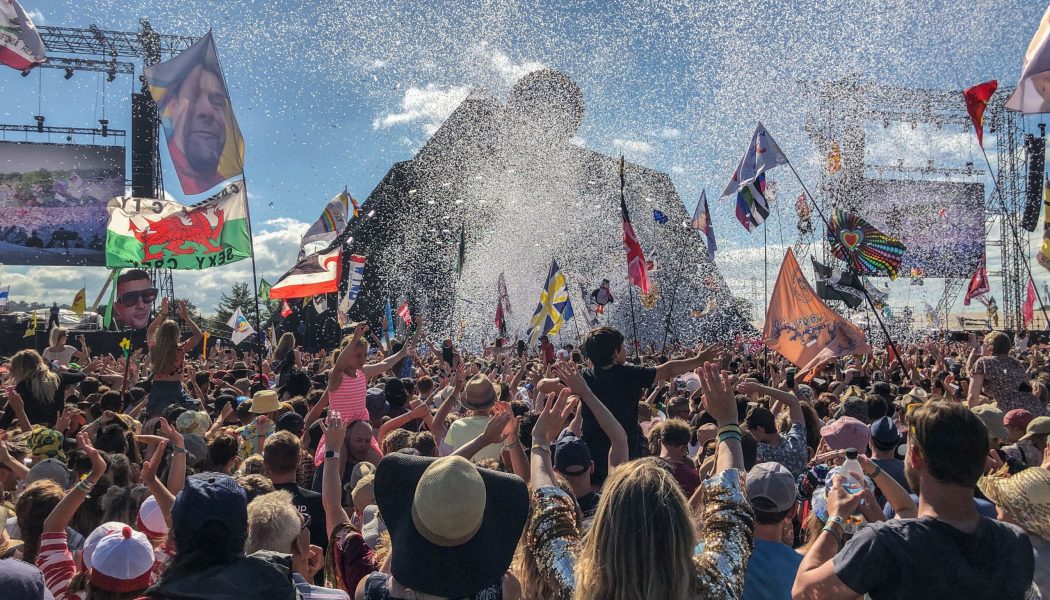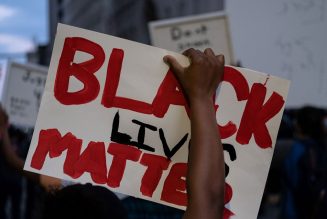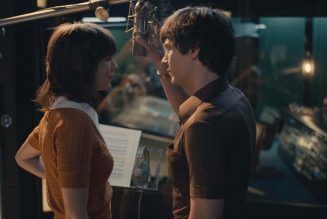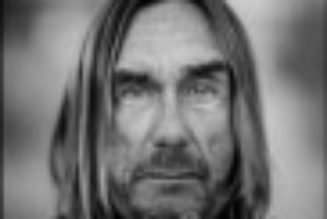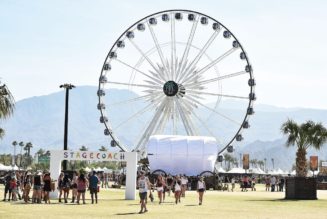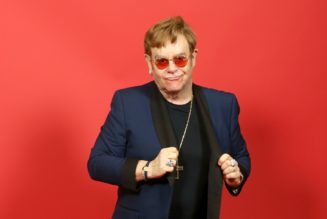
Glastonbury Festival founder Michael Eavis pays tribute to Harkin, whose ideas were so unusual they took some time to sink in.
“I liked the idea but was slightly wary of the reality, although was captivated by their childlike excitement,” recounts Eavis, the dairy farmer who turned a small concert on his property into the world-famous event, with the help of Harkin.
A top-flight architect working for British Leyland car launches, Harkin first came to Glastonbury toward the end of 1970, following the first iteration of the event.
The original stage was erected out of scaffolding and plastic sheeting and made its debut for the second edition of Glastonbury Festival, in 1971.
Several versions of the Pyramid Stage have popped up over the years, one of which burned down shortly before the 1994 festival was staged. The current version of the stage was built by local resident Bill Burroughs for the 2000 edition, and is four times larger than the 1981 stage, the BBC reports.
Harkin’s “enthusiasm and dedication led to what we have now – thank you so much Bill,” writes Eavis. “An inspirational life well lived – and simply loved by us all.”
The first Glastonbury concert featured Marc Bolan on the bill, and Eavis splashed out free milk for the 1,500 ticket-holders. Entry was just £1. Things have moved on.
Prior to the pandemic, the event was one of the largest greenfield festivals in the world, attended by more than 200,000 each year and raising millions of pounds for charities.
The 50th anniversary edition was meant to be held in June 2020, but was canceled due to the health crisis. This year’s event has also been scrapped due to COVID, in what organizers are calling “another enforced fallow year.”
